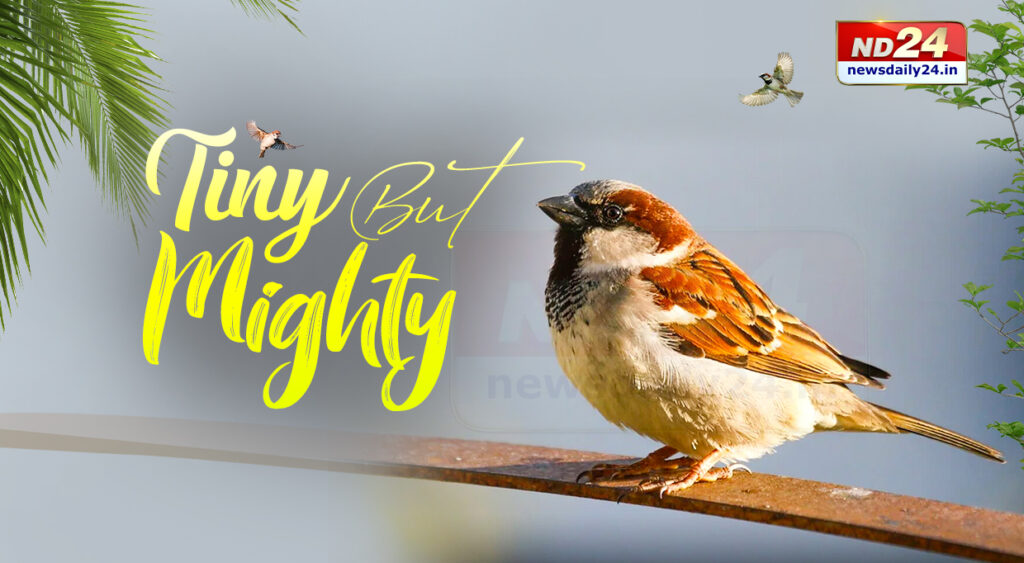World Sparrow Day is celebrated every year on March 20. The day is dedicated to raise awareness about the declining population of the avian species and the need to protect them.
These small, yet significant, birds dwell in urban backyards and green spaces. However, their population has been on a decline in the last two decades. WWF India has reported a drop in nearly every city.
The theme for World Sparrow Day 2025 is “A Tribute to Nature’s Tiny Messengers”, highlighting the crucial role sparrows play in maintaining ecological balance and encouraging conservation efforts.
Here are top 5 reasons why saving these tinny birds are important:
1. Why Celebrate World Sparrow Day?
The house sparrow, particularly the common species, has long been a familiar presence in human settlements and remains one of the most widely recognised birds. Over centuries, it has adapted alongside us, continuing to thrive in many regions around the world.
However, in recent years, the population of house sparrows has been declining across both urban and rural landscapes. This decline serves as a crucial indicator of environmental degradation, highlighting potential risks to human health and well-being. One major concern is the rising levels of microwave radiation and other environmental changes that may be contributing to the dwindling numbers of these birds. Understanding what is affecting their survival can offer valuable insights into broader ecological impacts, including those on human life.
2. The Role of Sparrows in the Ecosystem:
Sparrows may be small in size, but they play a significant role in maintaining ecological balance. These birds contribute to the ecosystem in various ways:
- Natural Pest Control: Sparrows feed on insects and pests, helping farmers by reducing the need for chemical pesticides.
- Pollination and Seed Dispersal: By visiting flowers and feeding on seeds, sparrows contribute to biodiversity and plant growth.
- Ecological Indicator: A healthy sparrow population is a sign of a balanced and thriving ecosystem.
3. Reasons Behind the Declining Sparrow Population:
Despite their importance, the sparrow population has been declining at an alarming rate due to multiple factors:
- Urbanization & Habitat Loss: Rapid urban development has led to the destruction of natural habitats. Modern buildings lack crevices and spaceswhere sparrows used to build their nests.
- Unleaded Petrol & Pollution: The shift to unleaded petrol has introduced toxic compounds into the environment, affecting insects that sparrows rely on for food.
- Pesticide Use in Agriculture: Excessive use of pesticides has reduced insect populations, leading to food scarcity for sparrows.
- Predators & Competition: The increasing number of crows, cats, and other larger birds has made it difficult for sparrows to survive.
- Decline in Green Spaces: The disappearance of parks, gardens, and trees has further limited nesting and food sources.
4. How do sparrows hold cultural and traditional relevance in India?
Sparrows hold a special place in Indian culture and folklore:
- Known by various regional names:
- Hindi: Goraiya
- Tamil: Kuruvi
- Urdu: Chirya
- Sparrows were once a common sight in households and were often associated with good fortune.
5. How can we conserve sparrows?
Individuals can contribute to sparrow conservation by adopting simple and effective measures:
- Plant More Greenery Provides food and shelter for sparrows.
- Reduce Pesticide Use: Ensures availability of insects as food sources.
- Create Nesting Spaces: Install small wooden birdhouses in gardens or balconies.
- Provide Water and Food: Setting up bird feeders and water bowls in open spaces can support their survival.







